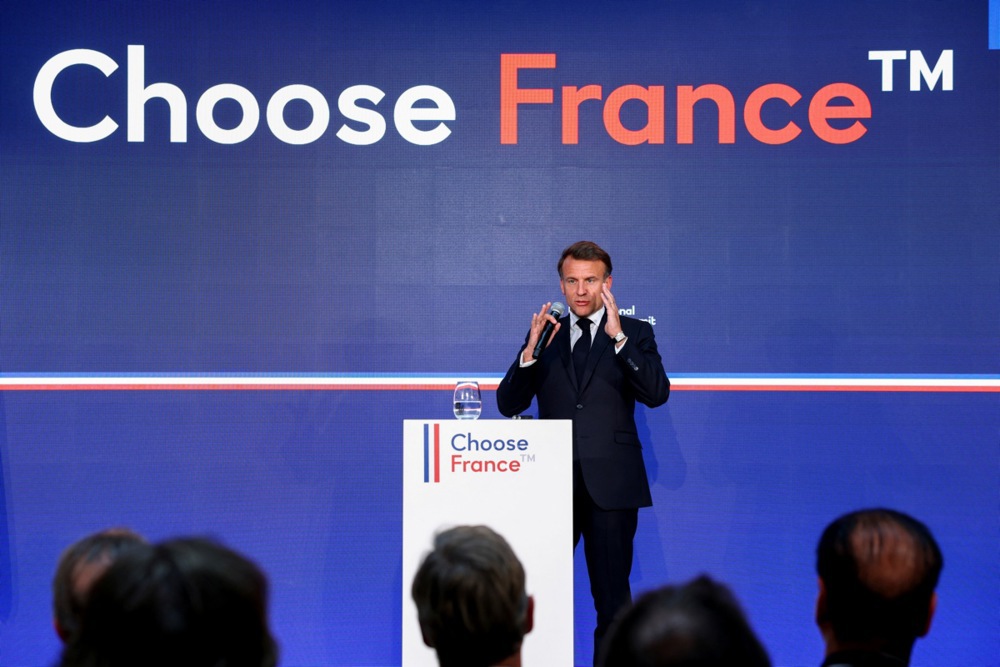Belgium’s decision to expand its fleet of US-made fighter jets has provoked strong reactions in France, amid ongoing EU–US trade tensions and concerns over Europe’s dependence on American defence equipment.
In July, Defence Minister Theo Francken confirmed Belgium would purchase 11 additional F-35s from Lockheed Martin, in addition to the 34 already ordered in 2018. The announcement was part of the government’s new Strategic Defence Plan and followed NATO recommendations that Belgium should operate at least 55 such aircraft.
French industry figures criticised the move, arguing it undermines Europe’s goal of building its own defence capacity. The Brussels Times reported on August 7 that Dassault Aviation’s CEO accused Belgium of seeking to join Europe’s Future Combat Air System while buying American jets. He said this position was contradictory and questioned Belgium’s eligibility for participation.
Francken dismissed the criticism. “As a founding member of NATO and the EU, a loyal ally and host of the headquarters, we have no lessons to take from arrogant industrialists,” he said.
The row comes as Belgium pushes to meet NATO’s 2 per cent defence spending target by 2025, four years earlier than planned. The Easter Agreement added €4 billion to the military budget, Belgian media Knack reported in July, at a time when Belgium’s public finances remain under strain.
A June study by Belgian think tank Egmont Institute warned that many of Belgium’s military acquisitions were decided under a different strategic context and may no longer match the threats the country now faces. It noted that while the F-35s and upcoming naval assets would bolster Belgium’s role in NATO’s collective defence on the eastern flank, land forces remained largely structured around past missions in the Sahel and Afghanistan. The report described a growing mismatch between Belgium’s military means and its strategic objectives and said a clearer political roadmap was urgently needed. It also questioned whether Belgium’s current planning could support simultaneous operations in both eastern and southern theatres, noting that several capabilities, especially in the army, still lacked sufficient firepower or adaptation for high-intensity warfare.
According to the institute, Belgium’s De Wever government will need to “realign the means procured in another geostrategic context with the ends and ways that emerge from the new one.” It said that while full prioritisation might not be necessary, different branches of the armed forces would need to specialise by theatre: Air and naval forces towards deterrence in the east, and land forces with mobility for the south.
While the aircraft contract went to the United States, the Belgian government has moved to strengthen cooperation with France in other areas. Belgian economic newspaper De Tijd reported July 30 that Francken and his French counterpart signed a new agreement to increase Belgian participation in joint armoured vehicle production, following domestic criticism over the lack of industrial return in previous deals. The agreement aims to redirect a greater share of production and maintenance work to Belgian firms. Francken said this was necessary to “strengthen our national defence industry.”
The deal followed a critical report from Belgium’s Court of Audit, which noted that earlier contracts delivered limited economic benefit for Belgium, despite multi-billion-euro commitments. The French government agreed to a new balance, which includes orders placed with Belgian manufacturers such as FN Herstal and John Cockerill, and further cooperation if a new generation of vehicles is developed. De Tijd reported that De Wever also raised the issue with French President Emmanuel Macron and said that both countries now “have an interest in correcting the imbalance.”





